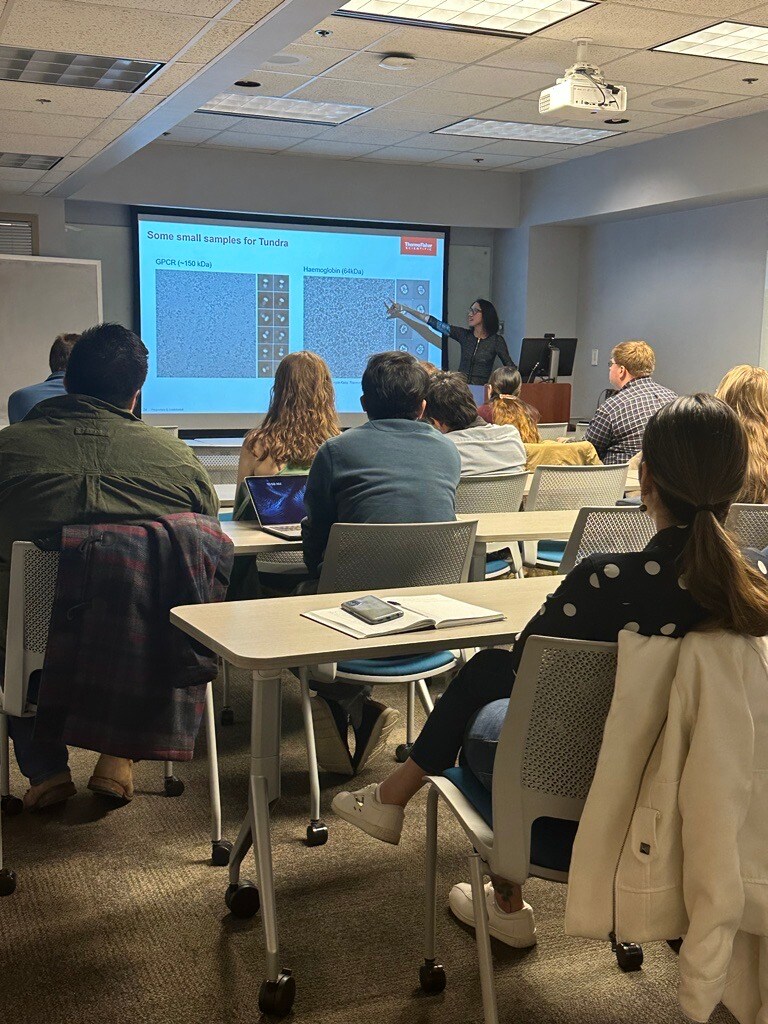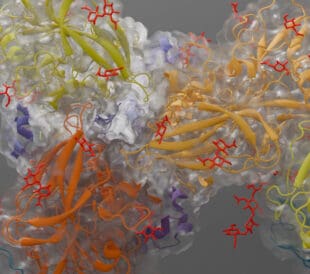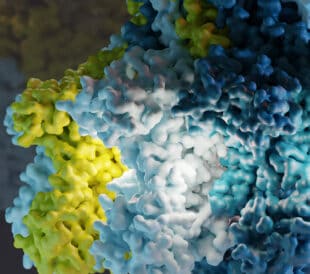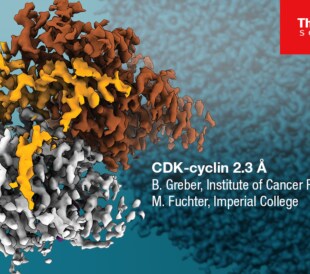During the fall semester, we visited colleges and institutions around the United States to showcase the Thermo Scientific Tundra Cryo-Transmission Electron Microscope (Cryo-TEM). Designed for expert microscopists and newcomers alike, the Tundra Cryo-TEM makes it easy to bring structural analysis in house, offering faster sample loading and unloading and a simpler workflow for cryo-EM data collection.

Through a remote live demo via the Thermo Fisher Scientific NanoPort, attendees got a first-hand look at how easy it can be to obtain structures at biologically relevant resolutions and prepare samples for analysis on more powerful transmission electron microscopy systems like the Thermo Scientific Krios and Glacios Cryo-TEMs.
Watch our on-demand webinar for a closer look at the Tundra Cryo-TEM >>
Streamlining structural biology research with cryo-TEM
At each stop we shared how the Tundra Cryo-TEM can help optimize biological samples—a difficult task that can lead to a variety of problems and that is often a bottleneck in the cryo-electron microscopy workflow. For example, when a grid is glow discharged, very few oligomeric protein complex particles can be observed. But by altering the time and the strength of the plasma treatment, users can dramatically alter the particle distribution—a difference that’s easy to see with TEM imaging.

Differences in particle distribution resulting from different plasma treatments. Images created on a Tundra Cryo-TEM. Drulyte et. al. 2018, Acta Crystallographica Section D: Structural Biology
Similarly, the Tundra Cryo-TEM has been used to help optimize the expression and purification systems for AAV, which are used in gene therapy to package and deliver the intended genes to patients. A micrograph and 3D classes created with the instrument clearly show full and empty populations, helping researchers understand how to increase the percentage of full particles and ultimately create more effective treatments.

Micrograph and 3D classes of AAV created with the Tundra Cryo-TEM.
Simplifying the workflow with automated imaging

Thermo Scientific Tundra Workshop at Emory University
These demonstrations highlighted not only the results that the Tundra Cryo-TEM can deliver but also how it simplifies the TEM imaging workflow. The system features a new, semi-automated loader that makes it possible to load and unload samples in less than 10 minutes, allowing for an iterative way of working. It uses the same Autogrids that are compatible with the Krios and Glacios Cryo-TEMs, making it easier to switch between the instruments. And it delivers instant feedback on biochemistry adjustments—faster than other technologies.
The AI-guided automation makes operation easy for all users—years of experience are no longer needed to perform transmission electron microscopy. Guided alignment helps researchers load and run the instrument, and the user-friendly interface automates data collection. The intuitive traffic lights panel indicates and helps to correct any issues. AI decision making adjusts the system automatically, finding and focusing on areas of the grid that will produce usable data. And the system analyzes intermediate results on the fly to provide instant user feedback and steer data collection.
When surveyed about their previous experience in cryo-EM, almost half of attendee respondents shared that they’re just getting started with the technique, and 86% said they’re most compelled by the Tundra Cryo-TEM’s overall ease-of-use.
With a simplified workflow, the Thermo Scientific Tundra Cryo-TEM can help scientists bring structural biology into their labs to help answer some of their most challenging research questions quickly and at an affordable price point.





Leave a Reply